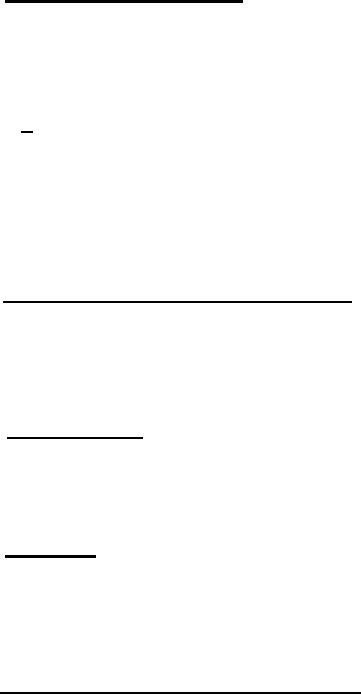 |
|||
|
|
|||
| ||||||||||
|
|  MIL-T-70521A (AR)
the chamber shall be reduced, over a period of 4 hours 15 minutes,
to room ambient temperature. The telescope shall then be removed
from the test chamber and subjected to the test in 4.7.1.8, and then
a visual examination for reticle Illumination. It shall meet the
requirements of 3.3.8 and 3.3.9, respectively. The telescope shall
then be subjected to the tests in 4.7.2.1 through 4.7.2.5 to
determine overall conformance to the requirements of 3.4.
4.7.1.4 Sealing and flushing. Internal pressurizing of the
telescope to test sealing shall be performed using dry nitrogen gas
having a dew point at least as low as -25F (-32C) and special
testing equipment conforming to 4.6.2.3.1. Teh telescope shall be
pressurized to the requirements of 3.3.4 in accordance with the
procedure for internal pressure testing of Drawing 8565556.
Maintain the applied pressure for the period specified. With the
pressure at 5 + 0.1 psig, the telescope shall retain this pressure
for 2 hours with no indication of leakage in excess of 0.2 psig as
indicated on the pressure gage of the testing equipment. Upon
satisfactory completion of this test, the body sealing screw shall
be immediately assembled to the telescope as depicted on Drawing
9360257 to minimize intermingling of external atmosphere upon
disconnection of the pressure tester adapter. The interior
atmosphere of the telescope shall conform to the requirements of
3.3.4.
4.7.1.5 Condensation (low temperature). Subsequent to low
temperature exposure and immediately upon stabilization at room
ambient temperature, the telescope's optical system shall be
examined as specified in 3.3.5 for evidence of condensation
(moisture). This visual examination shall employ the technique of
shadowing. The telescope shall conform to the requirements of
3.3.5.
4.7.1.6 Cleanliness. The optical surfaces of the telescope
shall be inspected for cleanliness in accordance with MIL-O-13820.
Inspection for dirt particles shall be made by viewing a uniformly
illuminated field having a brightness of approximately 300 foot-
candles. Cleanliness of the telescope shall conform to the re-
quirements of 3.3.6.
4.7.1.7 Defects. Conduct this test in sequence to the test in
4.7.1.6. Inspect for condensates,m grease, fingerprints, fractures,
adhesive separations, and etc. This test shall be conducted with
the unaided-eye utilizing the shadowing technique while viewing
through the objective and eyepiece ends of the telescope. The
optical system of the telescope shall conform to the requirements of
3.3.7.
4.7.1.8 External tritium contamination't. The contamination test
shall be performed by wiping the item under test with filter paper
moistened in distilled water. The damp filter paper shall be placed
in a container with the proper percentage of scintillation liquid,
which is determined by the type of scintillation test equipment used
13
|
|
Privacy Statement - Press Release - Copyright Information. - Contact Us |